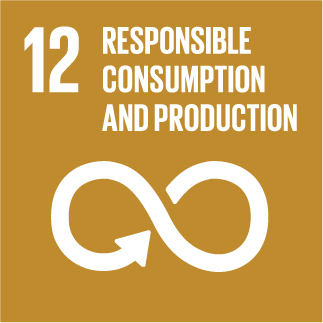Integrated manufacturing of REciclable multi-material COmposites for the TRANSport sector
Vacancy?Engineered Ceria Enables 4f?Orbital?Driven Redox Catalysis for Bidirectional Sulfur Conversion in Li?S Batteries
Vacancy?engineered CeO2 catalyst, leveraging 4f?orbital modulation, dynamically regulates polysulfide redox via reversible Ce3+/Ce4+ cycling. Configured as a conformal layer on commercial separators, Ov?CeO2/CNT enables rapid and durable bidirectional sulfur conversion with high energy density in Li?S batteries.2.Redox?flexible rare?earth catalysts featuring partially filled 4f orbitals enable orbital?level modulation of sulfur electrochemistry. Here, an oxygen?vacancy?engineered CeO2/carbon nanotube (Ov?CeO2/CNT) composite is reported, configured as a conformal catalytic layer on a commercial separator, to regulate polysulfide redox reactions in lithium?sulfur (Li?S) batteries. In situ and ex situ characterizations, corroborated by DFT calculations, reveal that oxygen vacancies dynamically modulate the Ce electronic environment, enabling reversible Ce3+(4f1)/Ce4+(4f0) redox cycling and interfacial charge transfer. This vacancy?induced orbital hybridization between Ce?4f/S?3p and Li?2s/O?2p states enhances LiPS adsorption, lowers the barriers for Li2S nucleation and decomposition, and facilitates ion transport, thereby accelerating bidirectional sulfur conversion and ensuring stable redox reversibility. As a result, the designed cell achieves long?term durability (743.2 mAh g?1 after 1000 cycles at 0.5C), high?rate capability (up to 5C), and high energy density in pouch cells. This work establishes 4f?orbital?mediated defect engineering as a scalable and effective strategy for designing redox?regulating catalysts in high?performance Li?S batteries.

» Publication Date: 04/11/2025

This project has received funding from the European Union's Horizon 2020 research and innovation programme under grant agreement Nº 768737


